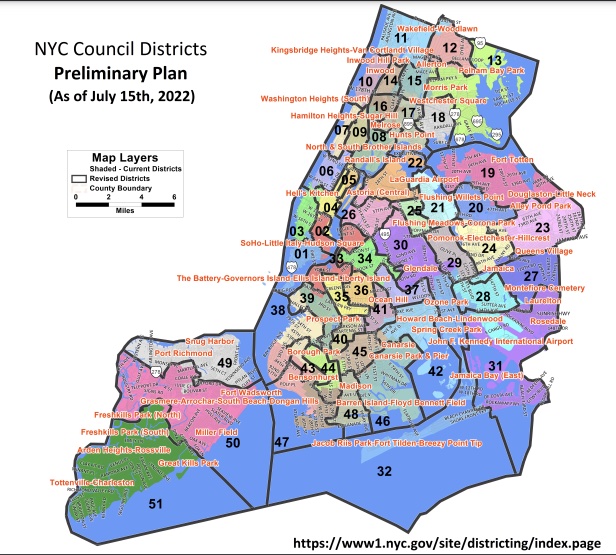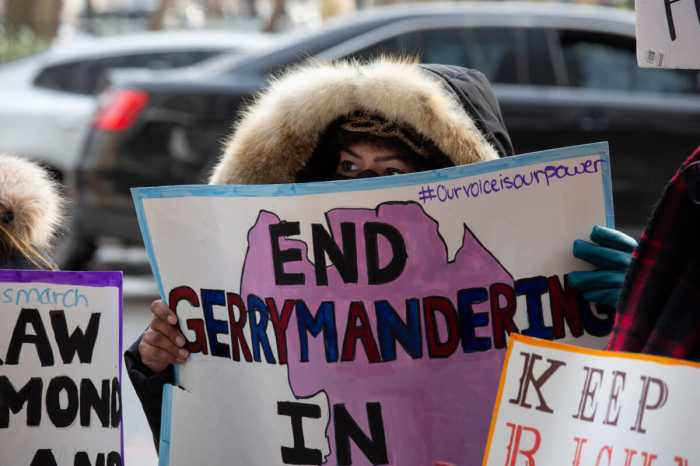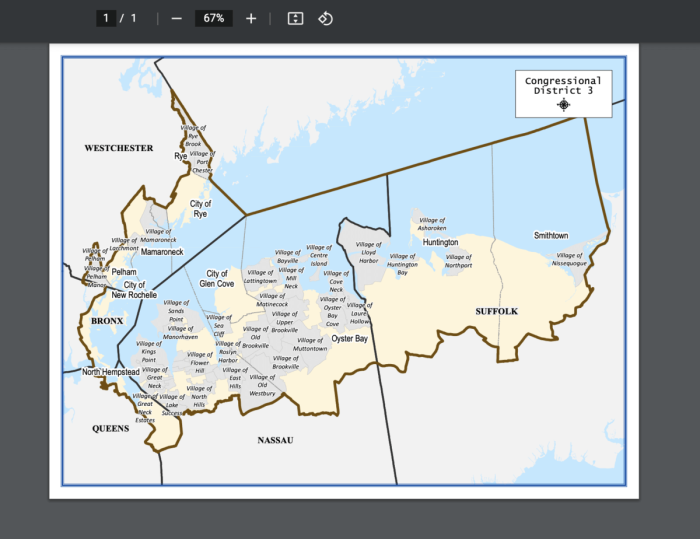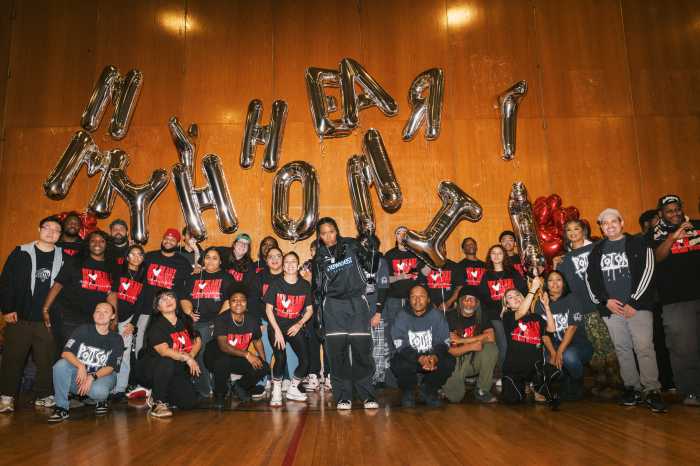Proposed new City Council districts released by the city’s Districting Commission Friday would create a new Asian American-majority council district in southern Brooklyn and potentially pit two incumbent council members against one another in next year’s election.
The 15-member commission released the proposed new City Council district maps – drafted following the 2020 U.S. Census, which is conducted every 10 years – by an 11-2 vote with one abstention and one commissioner, Dr. Darrin Porcher, not present. Seven of the commission’s members were appointed by Mayor Eric Adams and eight were appointed by the City Council – five by City Council Speaker Adrienne Adams and three by the minority.
Joshua Schneps, one of the commissioners, is CEO and publisher of Schneps Media, which owns PoliticsNY.
The new maps accounted for growth in the city’s population from 8.2 to 8.8 million people over the last decade – meaning the average number of residents for each district was raised from 160,710 to 172,882 to reflect this change according to federal, state and city guidelines.
Commission Chair Dennis Walcott – who also served as city schools chancellor under ex-Mayor Michael Bloomberg – said the new lines the commission drew for each of the city’s 51 council districts were conceived using public testimony from nearly 500 city residents who participated in public hearings in each of the five boroughs.
“Before a single line was drawn, we had a series of hearings in each of the five boroughs to get testimony on what the public thinks about the characteristics that define their neighborhood, their communities and their homes,” Walcott said ahead of the vote. “More than 500 New Yorkers testified in-person and virtually, via zoom, and by email as well. This testimony informed the preliminary maps being presented today. And now that’s truly democracy at its best, the input of the public.”
Additionally, Walcott said, in drafting the maps, the commission had to consider several federal, state and city redistricting rules. These include accounting for population changes within 5 percent deviation ranges, making sure not to dilute the votes of underrepresented racial and ethnic groups and keeping neighborhoods and communities intact when drawing new lines.
The chair also emphasized the maps released Friday are by no means the final product. They’re merely a first draft that will be amended based on testimony from upcoming August public hearings and then must be approved by the City Council in September.
“The commission has tried to take the information that it currently has and to create a draft map for all of your consideration and comment,” Walcott said. “This is just the first draft map, the public will have the opportunity to inspect it and to review it.”
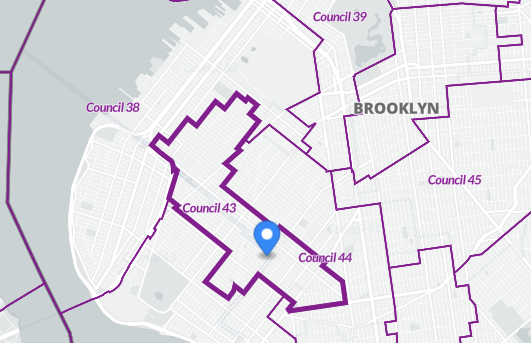
One of the proposed changes in southern Brooklyn to create a new Asian American-majority District 43 got swift pushback from City Council Members Justin Brannon (D–Brooklyn) and Alexa Aviles (D–Brooklyn). The western portion of the lawmakers’ Bay Ridge and Sunset Park districts would be combined into the new District 38, possibly pitting the two incumbents against each other in next year’s City Council Democratic primary. The eastern portions of their districts, including Dyker Heights, would be combined with part of Bensonhurst to form the new district.
Shortly after the commission released the draft maps, Brannon and Aviles put out a statement denouncing the proposed shakeup, arguing it would break up Aviles’ district, which “existed to empower Latinos” by connecting Latino communities in Sunset Park and Red Hook. They said this change pits one community of interest, Asian-Americans, against another, Latinos.
There has to be a better way to reflect the diversity of South Brooklyn. We must remember our city’s history of expanding representation and fairness.@JustinBrannan and I respond to @NYCDistricting draft maps: pic.twitter.com/rG8dGBs0pS
— NYC Council Member Alexa Avilés (@NYCCouncil38) July 15, 2022
“By combining our current Districts 38 and 43, you are dividing our districts and further diluting the power we have to advocate for community-specific shared needs and goals. Pitting one community of interest against another and wiping out hard-fought gains that have existed for a generation is not the path forward,” the council members said.
“We look forward to seeing future proposals, because this ain’t it,” they added.


